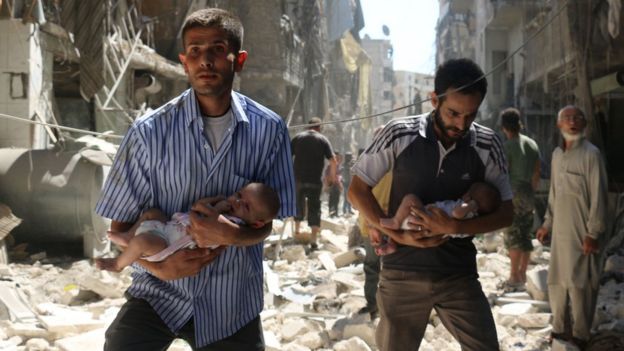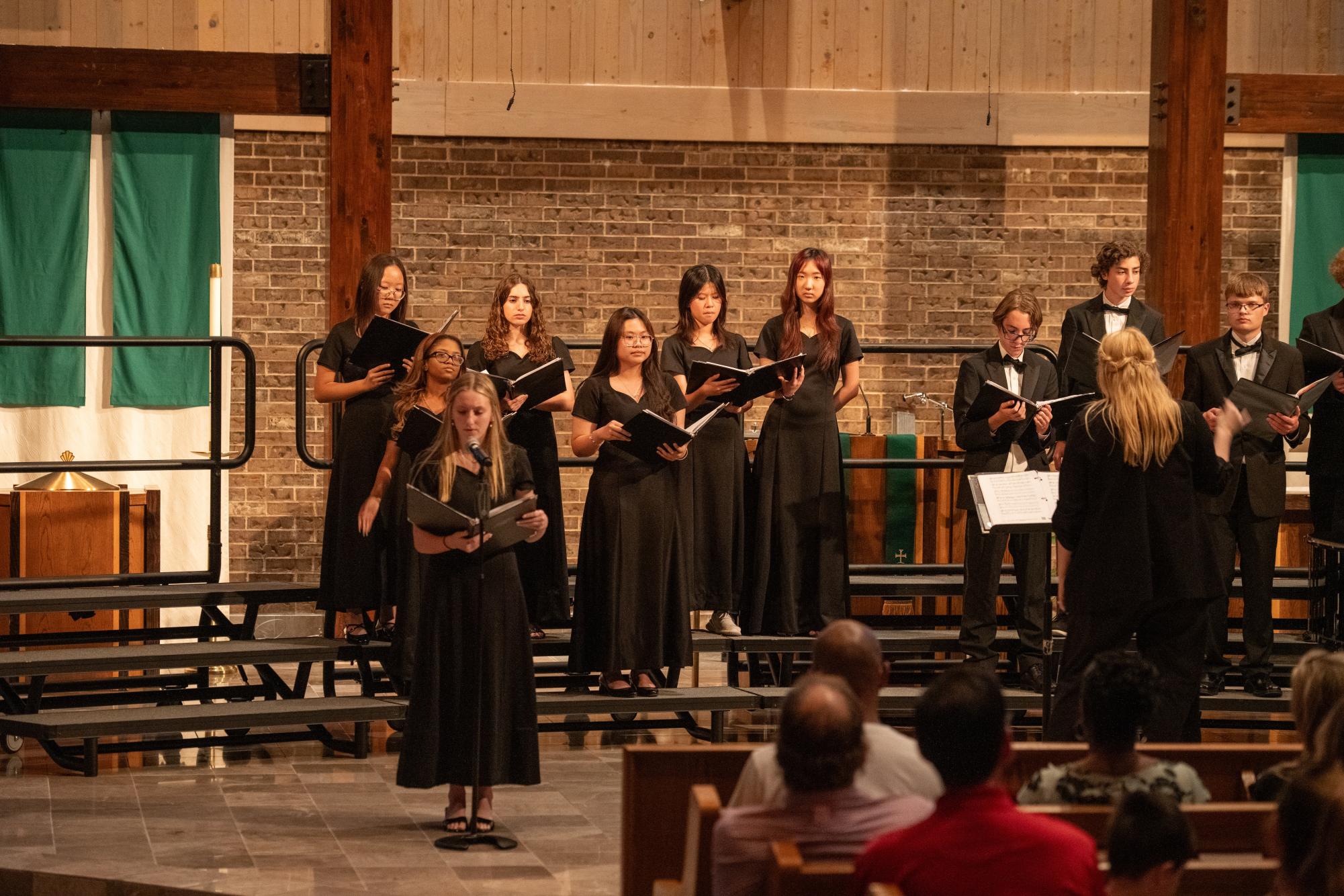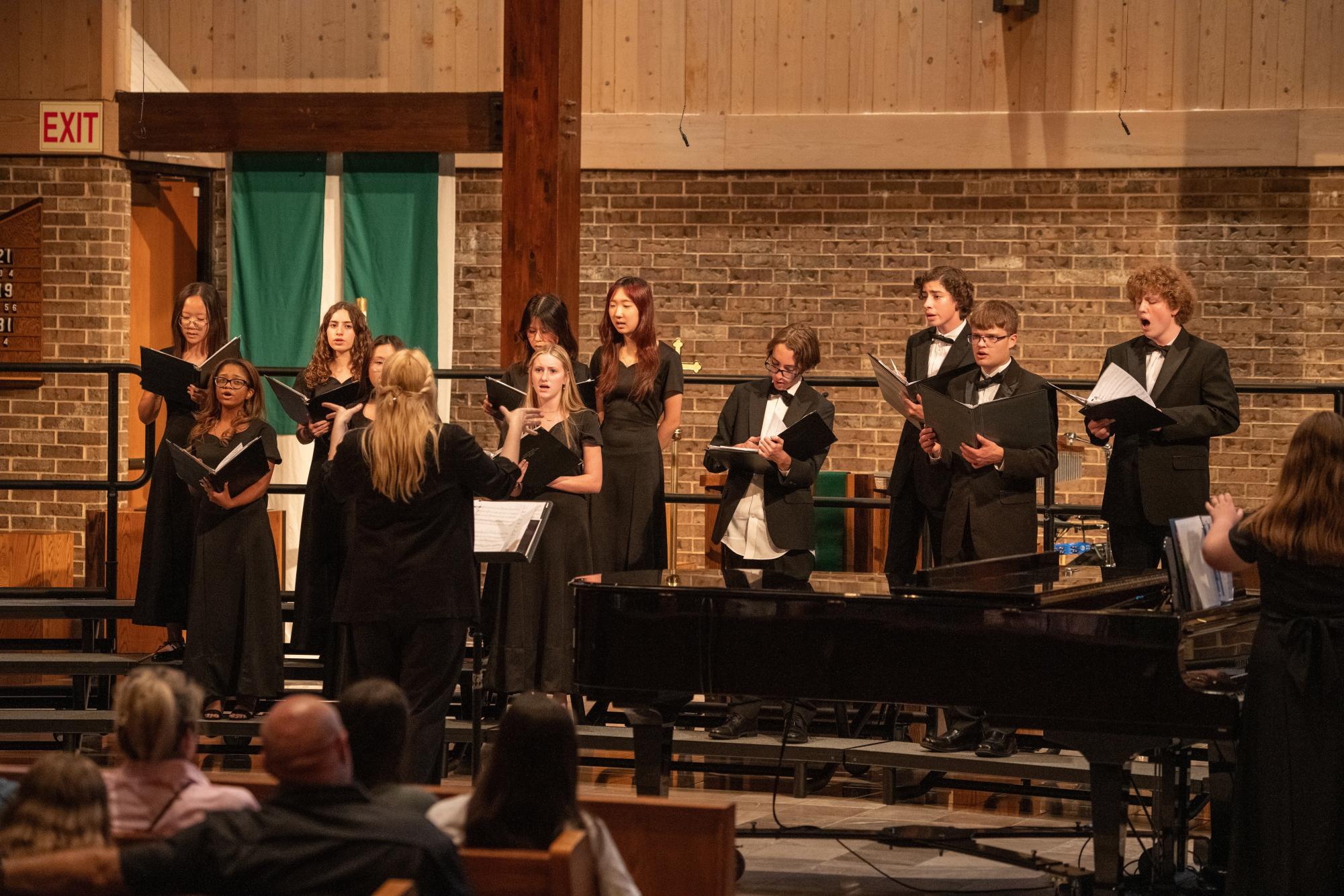A Rundown of the Syrian Ceasefire
September 21, 2016
Who? Russia, the United States, and Syria. More specifically, the plan was arranged by John Kerry (US Secretary of State) and Sergey Lavrov (Russian Foreign Minister).
What? A ceasefire is a suspension of conflict aiming to achieve peace among the involved parties.
When? The Syrian civil war (between the Syrian government and rebels) has been taking place since March 2011, but the ceasefire started this past Monday.
Where? The ceasefire hopes to affect all of Syria, but some cities are still experiencing violence.
Why? The international community wants to stop the constant flow of Syrian refugees fleeing the country. Amnesty International reports that over 4 million people have escaped Syria, while 13.5 million are in need of humanitarian aid within the country.

Now that you know the basics of the recent ceasefire in Syria, let’s get into the details.
The two major actors, the United States and Russia, have one ultimate goal: attack extremist groups, especially IS (Islamic State or ISIS). However, NPR indicates that coordinating airstrikes to combat terrorist organizations will be difficult because the 2 nations have very different ideas of what qualifies as “terrorist.” As a result, Russia and the US are acting as if they were siblings arguing, which means they haven’t accomplished much.
Although the long-term goal of the ceasefire is to whittle down the power of extremist leagues, another intention of the plan is to open a pathway for aid to be delivered to civilians. Fortunately, the UN has hailed a “significant drop” in violence around the country, which will allow for aid groups to assist those in need. In fact, the Observatory of Human Rights did not receive one report on a fatality due to fighting since the start of the plan.
However, others are pessimistic about the outcome of the ceasefire for several good reasons. As previously mentioned, Russia and the United States aren’t on the same page. According to the Los Angeles Times, Russia currently supports the destructive government regime, led by Bashar al-Assad, and the United States backs rebel groups who desire to get Assad out of power. Therefore, the lack of coherency between nations could be detrimental to the progress of the ceasefire, especially because IS could possibly disrupt the process.
Nonetheless, it is important to keep your eyes peeled for any changes in the ceasefire and the impact it has on Syrians because our own government is a major actor. Additionally, the effects of the plan could impact the number of refugees possibly coming to the United States and even Texas.











